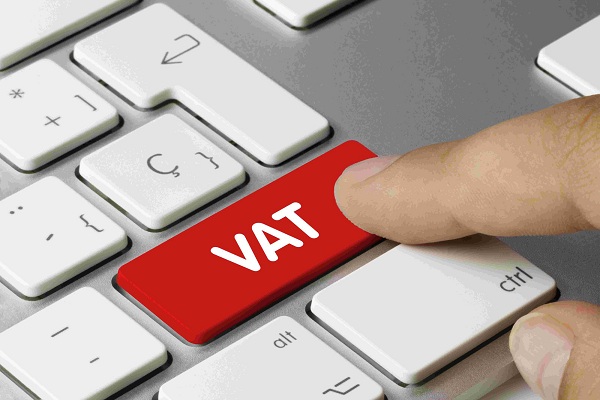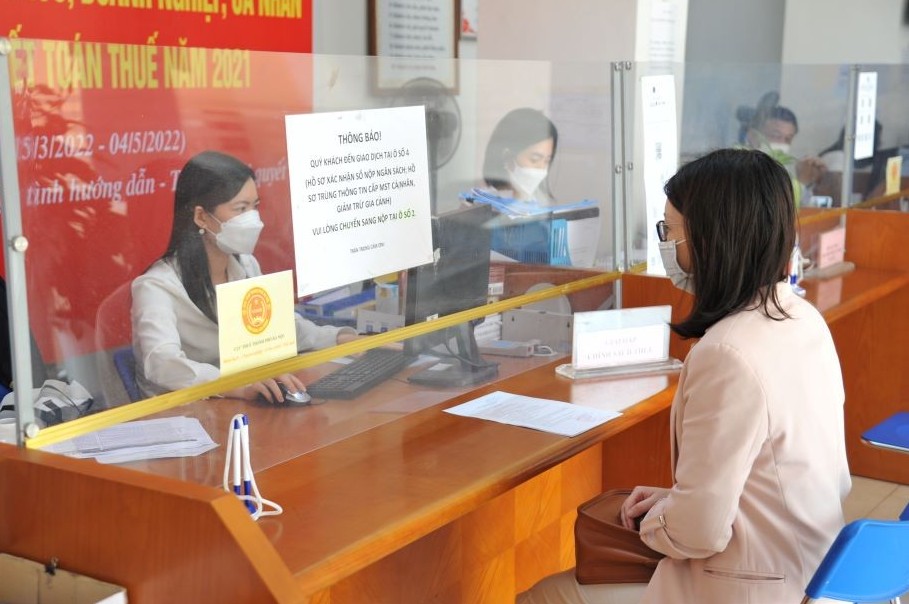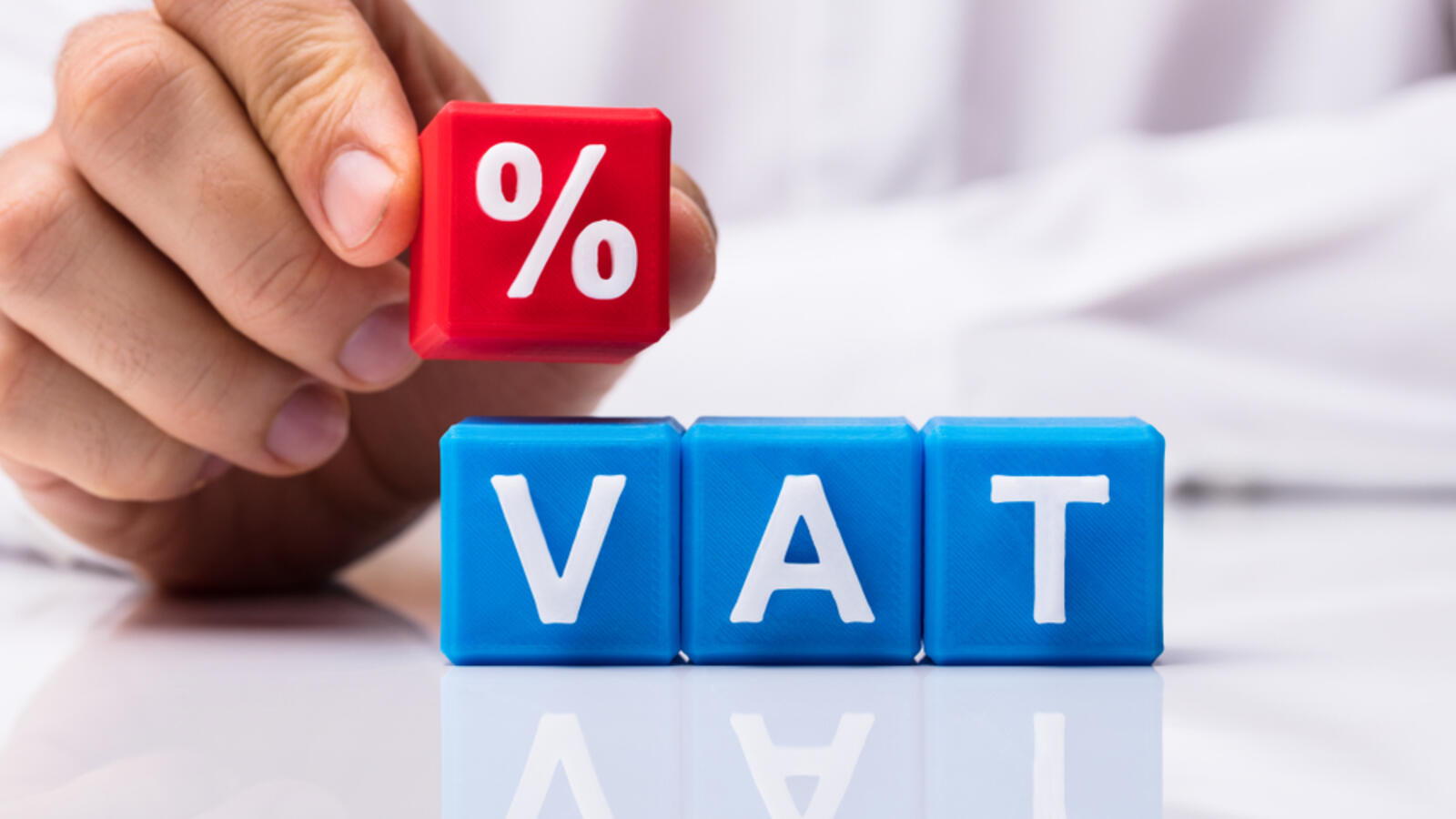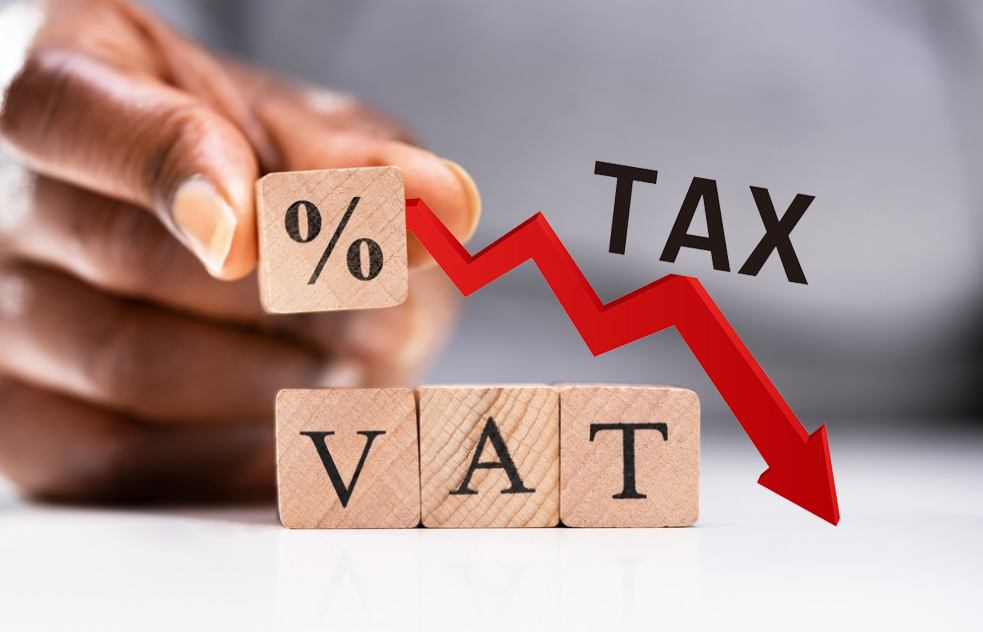Guidelines for calculating VAT by direct method in Vietnam
What are the guidelines for calculating VAT by direct method in Vietnam? - My Phuong (Hau Giang)

Guidelines for calculating VAT by direct method in Vietnam (Internet image)
Regarding this issue, LawNet would like to answer as follows:
1. Guidelines for calculating VAT by direct method in Vietnam
According to Article 13 of Circular 219/2013/TT-BTC (amended in Circular 119/2014/TT-BTC), the method of direct calculation on VAT in Vietnam is as follows:
- VAT payable equals (+) value added multiplied by (x) VAT rate on jewelry trading.
Value added of jewelry equals (+) its selling price minus its buying price.
The selling price of jewelry is the price written on the invoice, inclusive of crafting cost, VAT, and surcharges to which the seller is entitled.
Buying price of jewelry is the VAT-inclusive value of jewelry purchased or imported for crafting or trading the jewelry sold.
In the tax period, any negative value added of jewelry shall be offset against its positive value added. If the positive value added is not available or not sufficient to completely offset against the negative value added, the negative value added shall transferred to the next period in the same year. At the end of the calendar year, any residual negative value added shall not be transferred to the next year
- Cases in which VAT is calculated by directly multiplying a rate (%) by the revenue (hereinafter referred to as direct VAT):
+ This method may be applied by the following entities:
++ The operational companies and cooperatives that earn less than 1 billion VND in annual revenues, except for those that voluntarily apply credit-invoice method prescribed in Clause 3 Article 12 of Circular 219/2013/TT-BTC;
++ The new companies and cooperatives, except for those that voluntarily apply credit-invoice method prescribed in Clause 3 Article 12 of Circular 219/2013/TT-BTC;
++ Business households and businesspeople;
++ The foreign entities doing business in Vietnam without following the Law on Investment; the organizations that fail to adhere to accounting and invoicing practice, except for those that provide goods and services serving petroleum exploration and extraction.
++ The business organizations other than companies and cooperatives, except for those that voluntarily apply credit-invoice method.
+ Direct VAT rates applied to various business lines:
++ From goods distribution or goods supply: 1%;
++ From services or construction exclusive of building materials: 5%;
++ Manufacturing, transport, services associated with goods, construction inclusive of building materials: 3%;
++ Other lines of business: 2%.
+ The taxable revenue is the total revenue from selling goods and services, which is written on the sale invoice for taxable goods and services, inclusive of the surcharges to which the seller is entitled.
The rates above are not applied to the revenue from selling the goods and services that are not subject to VAT and revenue from exported goods and services.
Example 57: Company A is a company that declares and pays VAT using direct method. Company A earns revenue from selling computer software and consultancy on company establishment. Company A shall not pay direct VAT from selling computer software, which is not subject to VAT), and must pay direct VAT at 5% of the revenue from consultancy on company establishment.
If the taxpayer engages in various lines of business to which different rates are applied, they must be sorted by VAT rate. Otherwise, the highest rate among which shall apply.
- The direct VAT payable by a business household or businessperson that pays VAT at a flat rate depends on the declaration made by the taxpayer, the data of the tax authority, the result of the investigation into the taxpayer’s actual revenue, and opinions of the local Tax Advisory Council.
If the taxpayer that pays tax at a flat rate engages in multiple lines of business, the rate on the primary business line shall be applied.
- The list of direct VAT rates mentioned in Clause 2 and Clause 3 is enclosed with Circular 219/2013/TT-BTC.
2. Time for calculating VAT in Vietnam
Time for calculating VAT in Vietnam according to Article 8 of Circular 219/2013/TT-BTC is as follows:
- For goods sale, VAT shall be calculated when the ownership or the right to use goods is transferred to the buyer, whether the payment is made or not.
- For service provision, VAT shall be calculated when service provision is completed or when the invoice for service provision is made, whether the payment is made or not.
For telecommunications services, VAT shall be calculated when comparing the data about telecommunications charge according to the contracts between telecommunications service providers, but not later than 2 months from the month in which the charge is incurred.
- For electricity and water supply, VAT shall be calculated when the electricity or water consumption is recorded.
- For real estate trading, construction of infrastructural works, houses for sale or for lease, VAT shall be calculated when money is collected according to the project schedule or the contract. The taxpayer shall declare output VAT incurred in the tax period according to collected amount.
- For construction and installation, including shipbuilding, VAT shall be calculated when the construction or a work is completed and put into use, Whether the payment is made or not.
- For imported goods, VAT shall be calculated when the customs declaration is registered.
- Key word:
- VAT
- in Vietnam
- Cases of land rent exemption and reduction under the latest regulations in Vietnam
- Economic infrastructure and social infrastructure system in Thu Duc City, Ho Chi Minh City
- Regulations on ordination with foreign elements in religious organizations in Vietnam
- Increase land compensation prices in Vietnam from January 1, 2026
- Determination of land compensation levels for damage during land requisition process in Vietnam
- Who is permitted to purchase social housing according to latest regulations in Vietnam?
-

- Deadline for filing VAT tax returns in Vietnam ...
- 16:30, 07/02/2025
-

- Duration of VAT reduction according to Decree ...
- 08:00, 27/01/2025
-

- Continue to reduction of VAT in Vietnam until ...
- 08:58, 08/01/2025
-

- Emergency response and search and rescue organizations ...
- 10:29, 11/09/2024
-

- Handling of the acceptance results of ministerial ...
- 09:30, 11/09/2024
-

- Notable new policies of Vietnam effective as of ...
- 16:26, 11/04/2025
-
.Medium.png)
- Notable documents of Vietnam in the previous week ...
- 16:21, 11/04/2025
-
.Medium.png)
- Notable documents of Vietnam in the previous week ...
- 16:11, 02/04/2025
-
.Medium.png)
- Notable new policies of Vietnam to be effective ...
- 16:04, 02/04/2025
-
.Medium.png)
- Notable new policies of Vietnam effective from ...
- 14:51, 21/03/2025

 Article table of contents
Article table of contents
